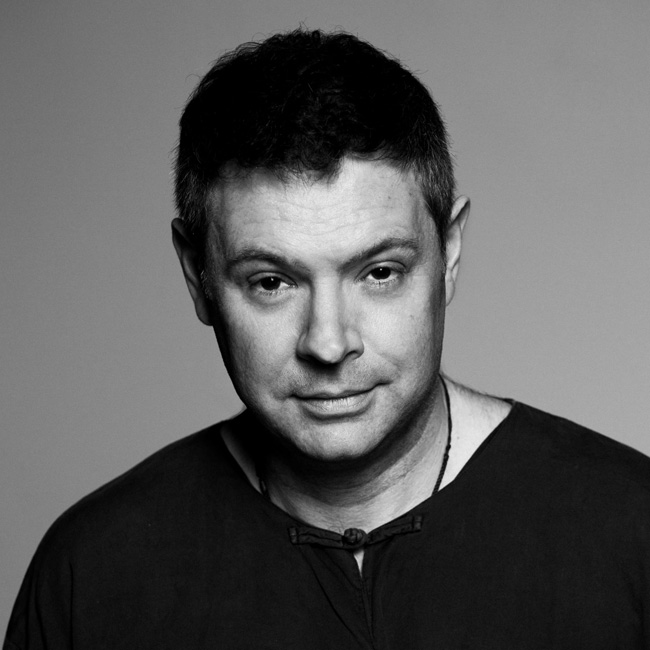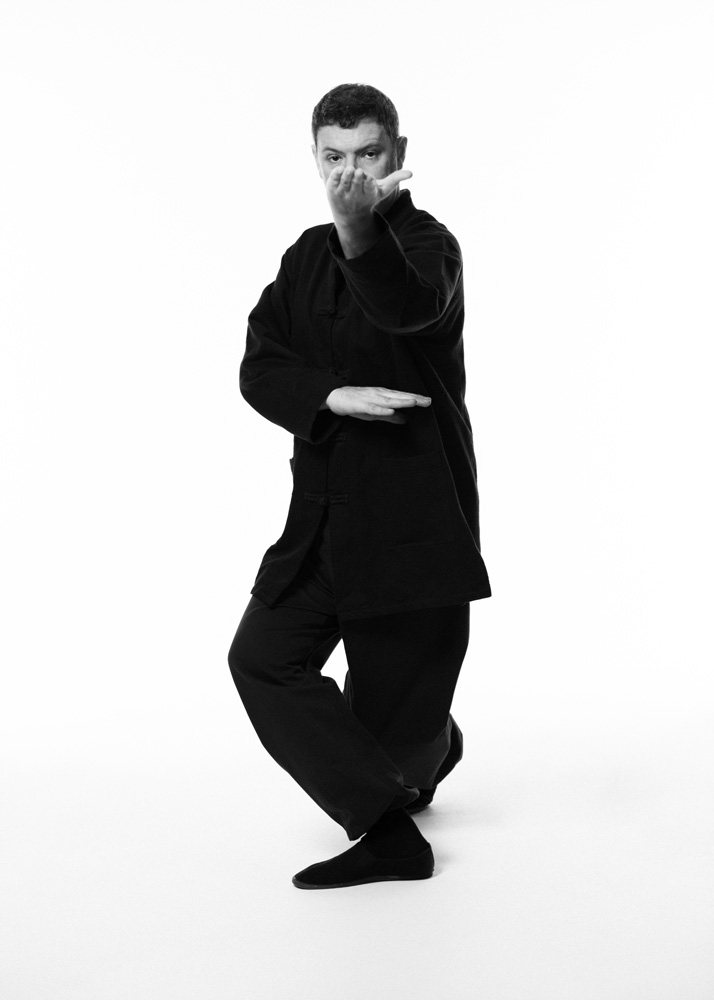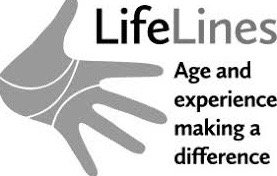Heron began his studies with his father, Paul Beecham, who introduced esoteric teachings and martial concepts to him during childhood. In the mid 1980s, through a family friend, he encountered Dr John Kells, the founder of the British T’ai Chi Ch’uan Association. Heron studied at the BTTCA for ten years where he underwent teacher training and eventually taught advanced classes for Dr Kells. In 1997 he began exploring other areas of the martial arts throughout the UK and over in the United States to broaden his understanding. And then, in 1998, he moved to Taiwan where he researched ancient Chinese art forms and the traditional Chinese culture on the island for the best part of two decades. During this time Heron also made trips over to the Chinese mainland where he explored martial arts and religious Taoism. This was combined with further research in Hong Kong, Malaysia, Singapore and other parts of Asia. From 1999 onwards, after a fortuitous meeting in North America, Heron began making regular visits to Vancouver, Canada to study privately with the renowned Shaolin and Internal martial arts master, Sam Tam.
In Taiwan, Heron’s most influential teachers have been:
Professor Lin Chang Li, a disciple of Wang Shu Jin with whom he learnt Qigong, meditation, Bagua Zhang, Taiji Quan, and Xingyi Quan.
Professor Tang Yi Nan, his teacher in Lao-Zhuang philosophy — the philosophical Taoism of the Warring States period. Professor Tang was mentored by the famed Chinese philosopher Mo Zong San. She was a world class specialist in the writings and teachings of Zhuangzi.
Master Wang Chin Shi, a disciple of Cheng Man Ching with whom he studied privately in Cheng style Taiji. He also received further teacher training through Master Wang’s Taiwan, Republic of China Taiji association.
Master Shi Kong Ming, a healer and Chan meditation master who teaches a system known as Xuan Gong (lit. mystery work) from whom Heron learnt both Xuan Gong teachings and Chan Buddhist meditation. Heron has translated several of Master Kong Ming's meditation texts.
Master Zhao Fu Lin, with whom Heron studied Shaolin Qigong and a rare style of Taiji called Bagua Taiji Quan, a form devised at the famed Nanjing Academy in the 1930s. Heron is the co-translator of Zhao's Fu Lin's 2011 publication Bagua Taiji Quan.
Master Guan Feng Zheng, the youngest disciple of Chiang Kai Shek’s famed bodyguard, Liu Yun Chiao, with whom he studied the Yin Style of Bagua Zhang.
Dr. Wu Wen Hsien, with whom Heron studied Qigong, Taiji, Shaolin boxing, meditation, and traditional Chinese medical theory.
During his studies in the East, Heron has published, translated and/or edited works on the Chinese martial arts as well as texts on Buddhist sutras and Chan meditation. He is currently writing a book of Chinese martial and philosophical idioms.




.jpg)

